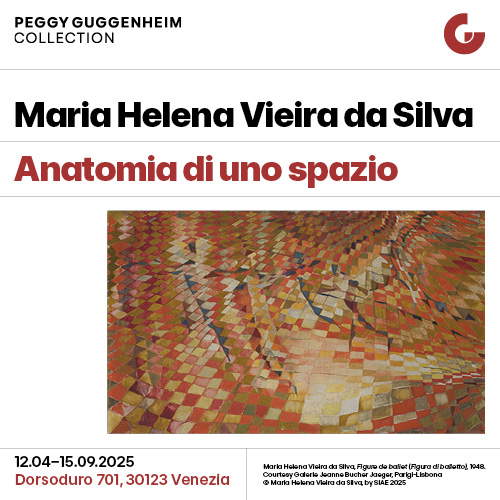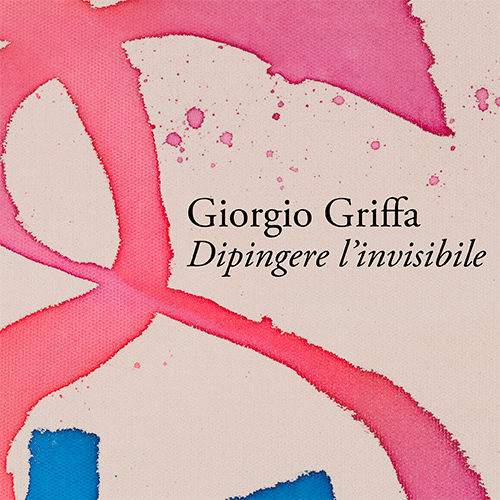Eisenstaedt on display in Turin: 150 shots to tell the story of the Times Square kiss photographer
It will be a summer in the sign of great photography that Turin is preparing to experience. CAMERA - Centro Italiano per la Fotografia presents the most eagerly awaited exhibition of its 2025 exhibition program: a retrospective dedicated to Alfred Eisenstaedt (Dirschau, 1898 - Oak Bluffs, 1995) , undisputed master of 20th century photojournalism. The exhibition will open June 13 and will be open until Sept. 21, offering the Italian public a selection of 150 photographs, many of them previously unpublished, to rediscover one of the best-known faces of world photography. Thirty years after his death and eighty years after the iconic shot of the kiss in Times Square, J Day in Times Square, CAMERA pays tribute to the author who chronicled the twentieth century with a visual language capable of oscillating between chronicle, poetry and irony.
“When I take a photograph,” said Alfred Eisenstaedt, “I try to capture not only the image of a person or an event, but also the essence of that moment.”
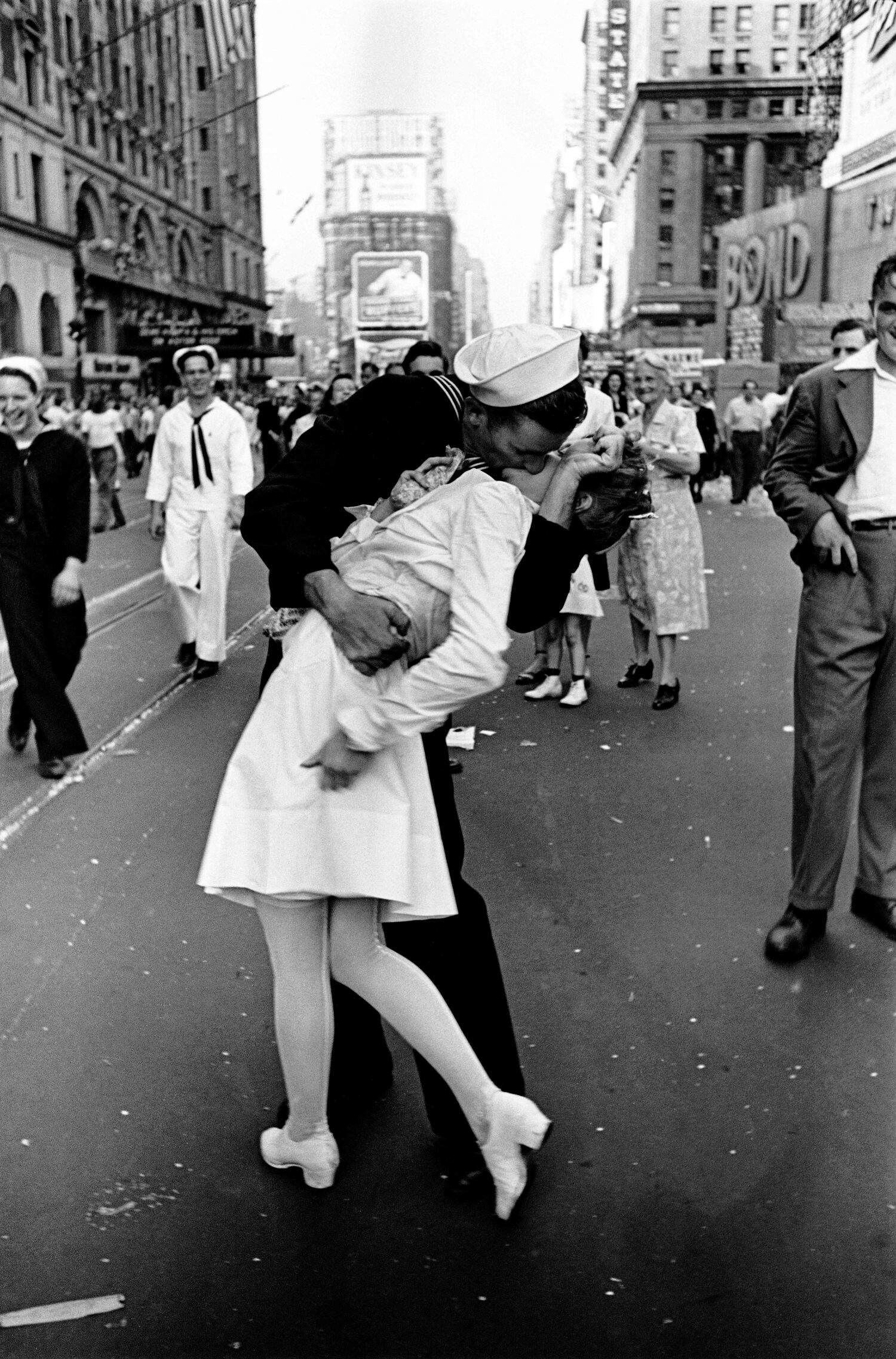
A photographer who chronicled the world
The exhibition, curated by Monica Poggi, is the first major retrospective devoted to Eisenstaedt in Italy since the one held in 1984. It is an opportunity to retrace the entire creative arc of an author who traversed nearly a century of history with his camera. From 1930s Germany to the postwar United States, from portraits of the great figures of the 20th century to reportages made in Italy and Japan, Eisenstaedt was able to capture life with a gaze that was both amused and investigative.
The Turin exhibition offers an opportunity to discover his early work in Germany, including the disturbing portrait of Joseph Goebbels, and to explore the many faces of his talent, which was expressed in a vast repertoire of portraits, reportage and images with a strong visual impact.
Born in 1898 in Dirschau, West Prussia (now Poland), Eisenstaedt was introduced to photography in his teens, thanks to a Kodak No. 3 given to him by an uncle. In the 1920s he worked as a freelance photographer and in 1929 published his first images in the Berliner Illustrirte Zeitung. The rise of Nazism and racial laws forced him into exile: in 1935 he emigrated to the United States, where he found a new homeland and an extraordinary professional opportunity. The following year he began working with the newly founded Life magazine, which would make him one of its leading photographers. From that moment on, his lens documents American society with a participatory, ironic, at times lyrical gaze, without ever renouncing the rigor of journalistic investigation.
The great faces of the twentieth century
Among the exhibition’s most intense moments are Eisenstaedt’s celebrated portraits of iconic figures of his time. Sophia Loren, Marlene Dietrich, Marilyn Monroe, Albert Einstein, J. Robert Oppenheimer-these are just a few of the protagonists the photographer was able to portray with extraordinary intimacy. His approach is never invasive or spectacular. On the contrary, he builds a subtle and profound relationship with the subjects, translating their essence through light, expression, and context. Far from celebratory tones, Eisenstaedt prefers to investigate the human and everyday dimension, even in the most famous personalities.
Two sections of the exhibition are devoted to European reportages made by Eisenstaedt before the outbreak of World War II and, later, to postwar Italian reportages. In these works, the author observes the economic and social changes taking place, paying particular attention to the details of the urban landscape. In Italy, for example, he documents the impact of new billboards on visual perspectives and the collective imagination. His photographs, in this sense, are critical tools that reflect on the present time, even through the most discreet and marginal signs.
Between documentary and poetry
Alfred Eisenstaedt’s style is in the groove of the great American documentary tradition, but expands its boundaries through a personal visual language that is open to contamination. Journalistic rigor and pictorial suggestion coexist in his shots. Some images devoted to classical dancers, for example, evoke the nineteenth-century atmospheres of Edgar Degas, while other works approach the imagery of European surrealism with ironic and alienating constructions. This duplicity is one of the keys to his success: Eisenstaedt knows how to be chronicler and poet, witness and narrator, observer and interpreter.
Eisenstaedt continued to photograph until the 1980s, spanning crucial decades in the history of the twentieth century. His long career is a living testimony to the power of photography as a tool for storytelling, analysis and beauty. After a life spent among editorial offices, travel, meetings and images, the photographer passed away in 1995, at age 97, at his vacation home on the island of Martha’s Vineyard. Today, 30 years after his passing, CAMERA’s exhibition restores the vivid and complex portrait of an author who made photography an art of presence and memory.
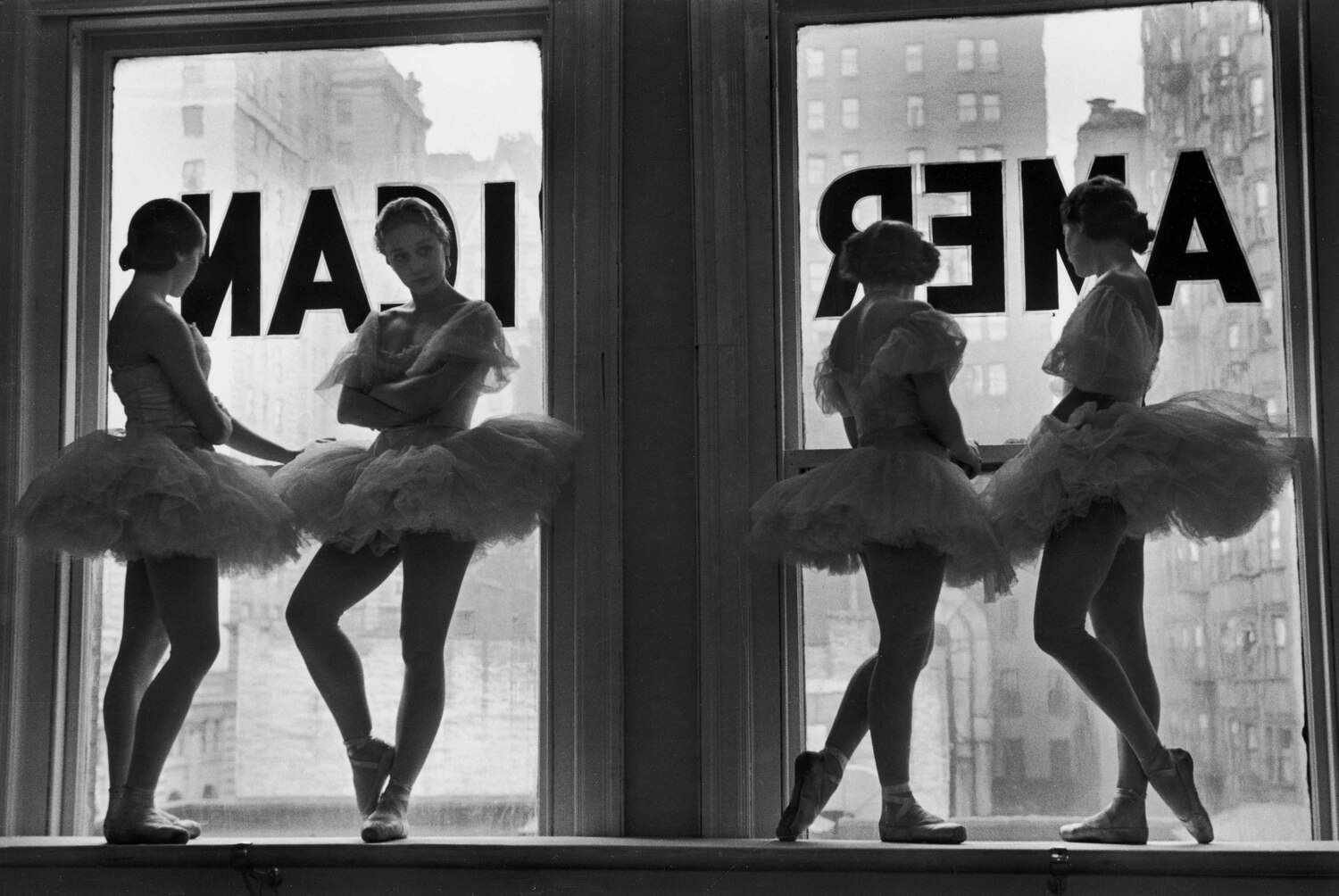
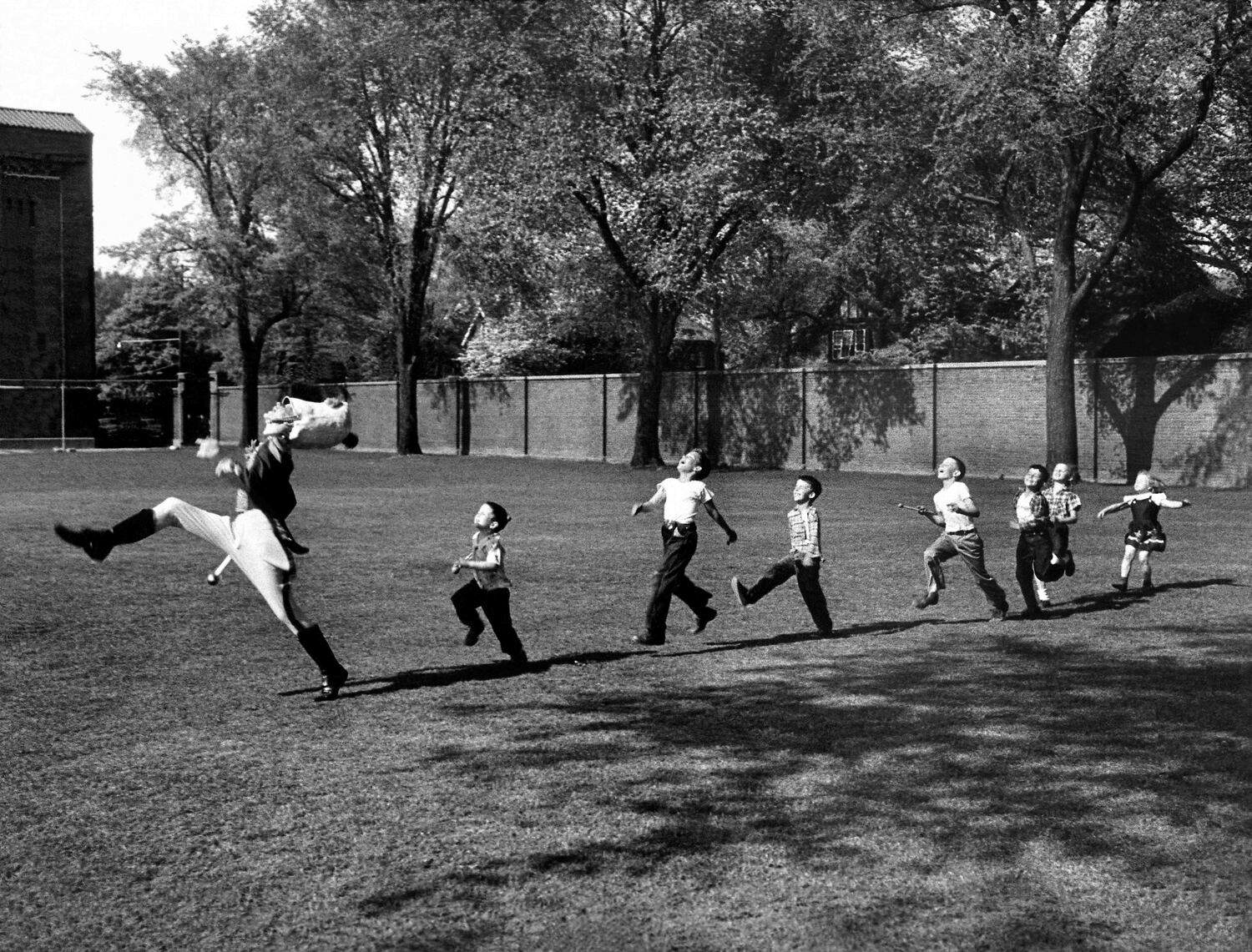
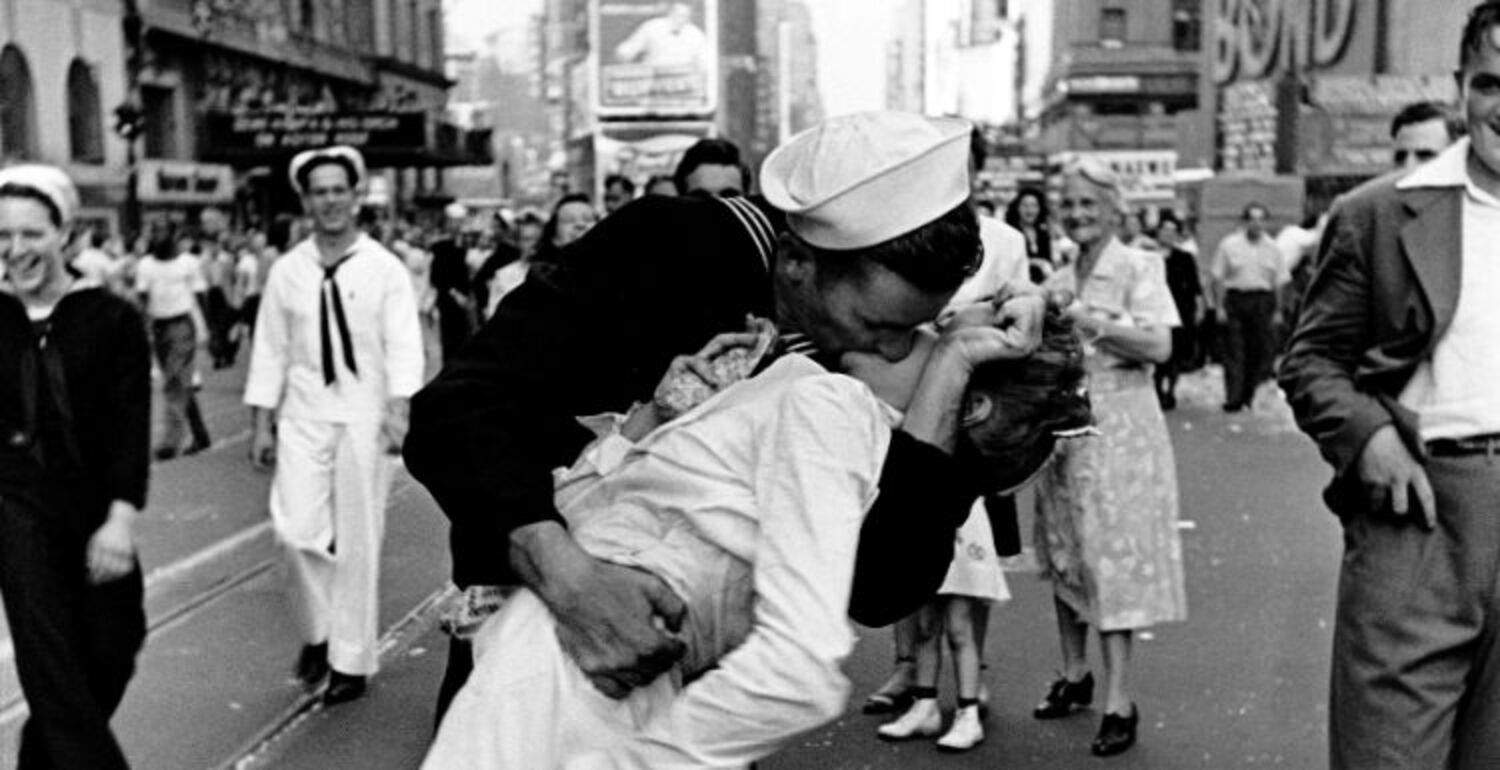 |
| Eisenstaedt on display in Turin: 150 shots to tell the story of the Times Square kiss photographer |
Warning: the translation into English of the original Italian article was created using automatic tools. We undertake to review all articles, but we do not guarantee the total absence of inaccuracies in the translation due to the program. You can find the original by clicking on the ITA button. If you find any mistake,please contact us.





